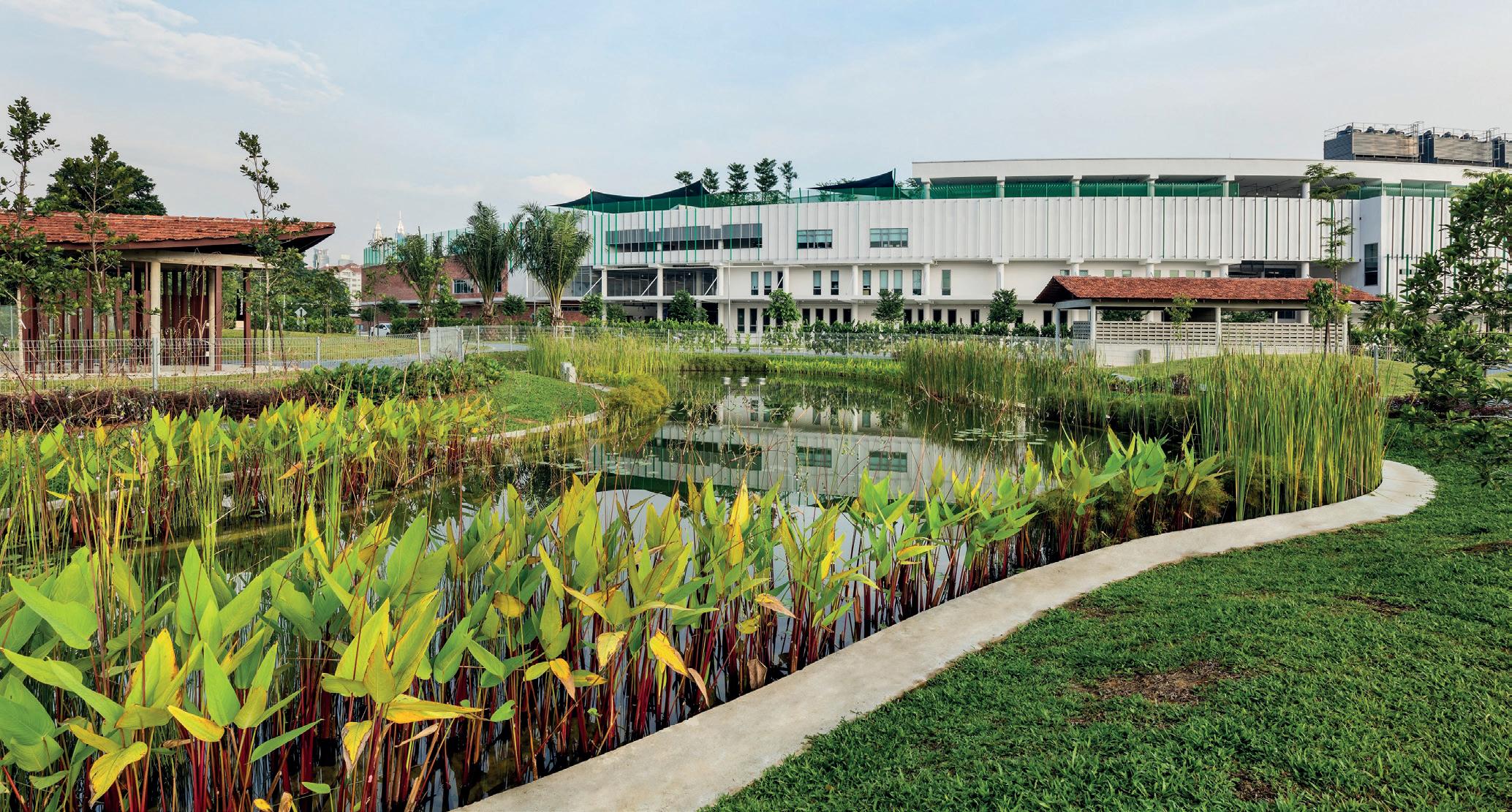
4 minute read
Unleashing the creative potential of home languages in the classroom
Students from different backgrounds bring great opportunities, writes Simon Johnson
Many international school students are already multilingual, but our classrooms often don’t reflect this. In our action research project, we were amazed by the transformation that occurred when we invited students to use their home languages in class.
Imagine walking into any science or humanities-based lesson in a national or even international school in which all students are engaged in the same task yet using different languages. For most of us that would probably be an unusual sight. Yet we have to ask ourselves why. Why does this seem such an unlikely scenario when so many schools serve a multicultural and multilingual student body with home languages that are not English? If we are to promote multilingualism and encourage students to learn languages other than English, shouldn’t we also value and welcome all the languages that already exist in our school communities?
Think of the wealth of knowledge and intercultural exchange, as well as language learning opportunities, that students from different backgrounds bring to the classroom. Also, when charged with the education of children whose primary home language is not English, we need to consider how we can facilitate and encourage our students’ development in their home language too. Multiple longitudinal studies by UNESCO have consistently revealed that a student’s academic proficiency in their home language plays a significant role in their success in additional language learning and across the whole curriculum.
As teachers at an international, English-medium school in Istanbul, in our day-to-day experience we witness the correlation between our students’ ability to learn additional languages and their home language proficiency. We also see how students who share the same home language use this in class to support each other. My colleagues and I decided to look for ways to plan for and encourage the use of home languages in two primary Year 3 classes (ages 7-8). But how can you help or assess your students’ progress and understanding if you can’t understand their home language? Our solution was to find high school student volunteers who shared the same home language as each student. We had 36 Year 3 students who between them spoke 15 different home languages. We were able to enlist 18 volunteer high school students and cover the majority of languages. For those languages we couldn’t cover, staff and family members were asked to help out. Volunteer students who were taking the IB Diploma were also able to gain CAS credits for their participation.
We devised a culminating activity related to the main concepts of the unit our Year 3 classes were following with their homeroom teacher. Only this time they were to complete the project in their home language, with the help of our high school volunteers. The central idea of the unit was ‘Family histories connect people to cultural and personal identity through meaningful inherited information’. Their task was to bring in an artefact and describe it from differing perspectives, such as its origin and connection to their family, how it was made, why they like it and what it means for them. We briefed the high school students on how to prepare the younger students for their presentations and also on how to assess them. The Year 3 students met with their high school language coaches for one lesson a week, and worked together in their home languages to prepare a short oral presentation. During these sessions there was a constant buzz of excitement. It was a highlight of the week for all of us and the results were stunning, with impacts beyond the scope of the activity itself.
The project had a positive effect on both the high school and the primary students, not only in the way they interacted in the classroom but also in how they perceived themselves and each other, and in the relationships they had with their teachers, parents and siblings. Our evidence for this came from observations, written reflections and video interviews with the students which focus on what they liked about the project and what they had learned. A noticeable number of the high school students remarked that they had learned how to better relate to younger children, how this had transformed the way they interacted with their younger siblings at home, and even how they now had greater empathy for teachers! Several primary students said they felt proud to be able to present school work to their parents in their home language as this was a rare opportunity for them. Also, the class teachers reported that the children, of their own accord, began to independently share, compare and discuss vocabulary from their home language with class friends from different cultures in other activities.
Simon Johnson is a Language Learning Support and Multilingual Specialist currently based in Istanbul.













